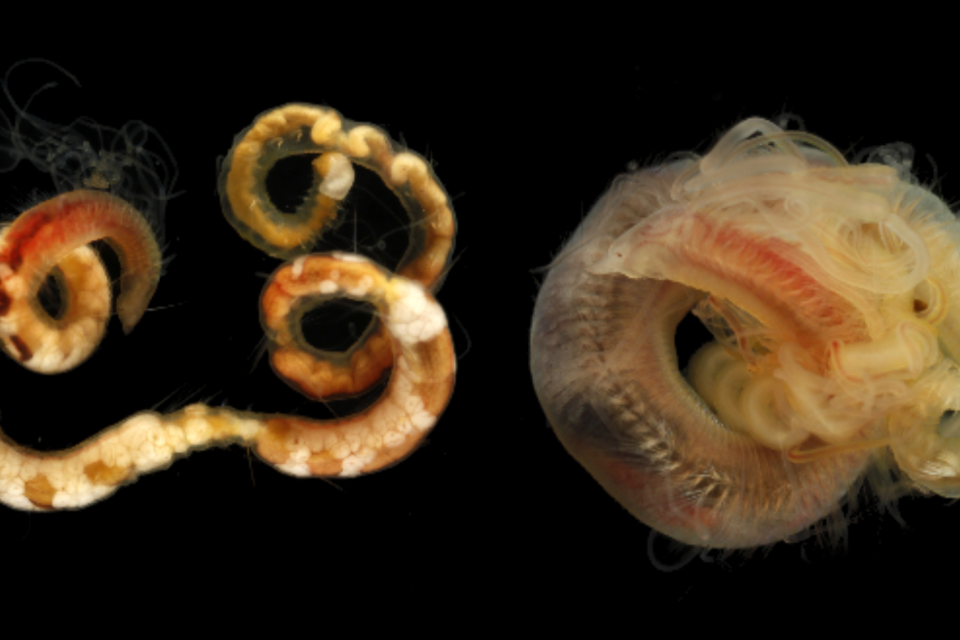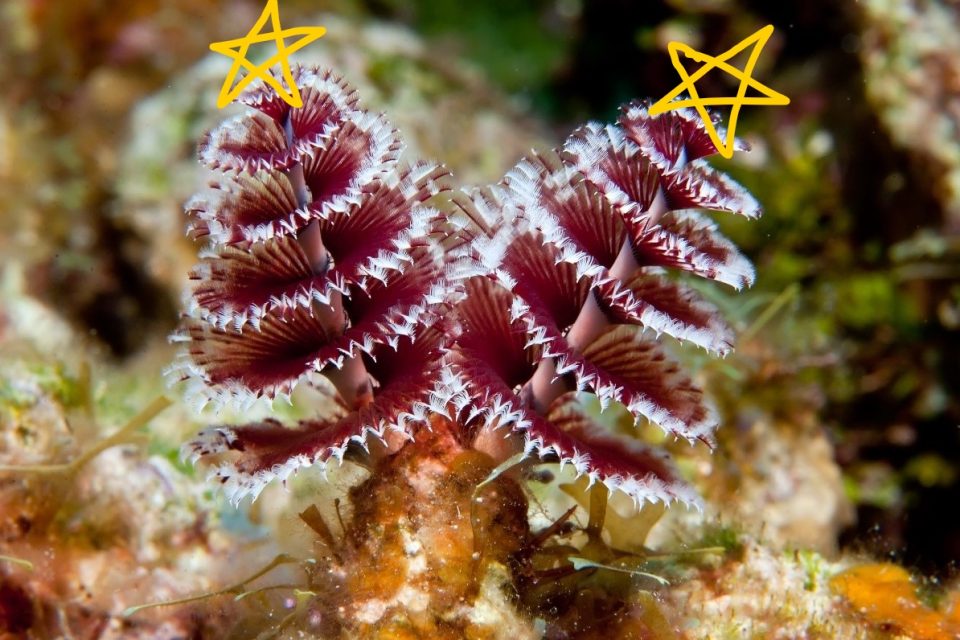Here we will present blogs about our biodiversity projects such as mapping projects of Artsdatabanken. A special emphasis we will put on our field trips.
Category: Biodiversity

Group of the month: Family Caprellidae
Spooky scary skeleton shrimp, send shivers down your spine, their appearance will shock your soul, but certainly don’t seal your doom tonight! Family Caprellidea, otherwise known as skeleton shrimp, are small marine arthropods that are found world-wide. Using their specialized ‘feet’, called pereopods, these slender, segmented invertebrates cling […]

Mapping distribution of cirratulid using Norwegian collections
We were fortunate to obtain finding from ArtsDatabanken for new project. Yesterday the contracts were signed and hence our project can start soon. We are an international team of researchers: Torsten Struck and Rita Austin from Norway, Arne Nygren from Sweden, and Maria Capa from Spain. Maybe not […]

Meet the critters from the Artsdatabanken project
After introducing the Artsdatabanken project and telling about our summer collection trips (Trøndelag and Oslo), it is time to present the six invertebrate groups that we are working with. From star ascidians to Christmas-tree worms, this seems to be the adequate time of the year to get to […]

Much more than a summer project: Two students retelling of the summer adventures in the Oslo fjord
The year 2021 was full of unexpected happenings and opportunities for both students, as in me Marianna Khodabandehlou and my fellow student, Sine Hagestad. We both were doing our last semester in our Biosciences degree and wanted to gain some hands-on experience before we began our Masters. We […]

On the hunt for marine invertebrates in Trøndelag
In the last two weeks of August, the ArtsDatabanken team has came together for the first big field trip. While sadly not everyone could join, seven researchers from Oslo, Berlin and Gothenburg comprised the diverse and highly motivated group. The destination was Sletvik, a biological station in the […]

Assessing biodiversity in the marine algae belt
The marine algae belt comprising kelp forests, seagrass meadows and rocky reefs with coralline red seaweeds is one of the most active primary producing environments in the sea. It also harbors are great diversity of animals including sea squirts, ribbon worms, nick worms, serpulid worms, spionid worms and […]